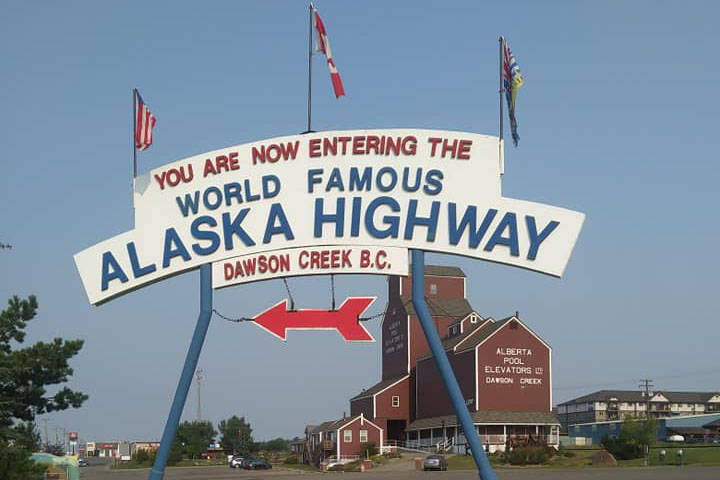Alaskans looking to return home after snowbirding in the Lower 48 will be allowed to travel through Canada, despite the fact that the country closed its borders to nonessential travel.
In a tele-town hall meeting held last Thursday with Alaska Senators Lisa Murkwoski and Dan Sullivan, a caller asked a pressing question he said hadn’t been covered in news about the COVID-19 pandemic.
With the U.S.-Canadian border closed to nonessential traffic, can Alaska snowbirds who have spent the winter in the Lower 48 drive through Canada to return home? The short answer is “yes,” but like many relationships, the longer answer is “it’s complicated.”
In response to the COVID-19 pandemic, Canada imposed restrictions on border crossings and travel through the country. That restriction has been extended to May 21 and may be prolonged “as necessary for health reasons,” according to an email from Jacqueline Callin, a media spokesperson for the Canada Border Services Agency.
Canada has closed its borders for travelers wishing to enter for nonessential purposes “of an optional or discretionary nature, including tourist and recreation,” according to guidelines provided by the border services agency.
Murkowski said the question of whether snowbirds can drive home through the country is one that Alaskans have been asking her office frequently.
“People will call our office and say they have been in Arizona all winter,” she said. “This is the time to come back.”
One issue is a requirement by the Canadian government that people — including Canadian citizens — entering Canada from foreign countries have to quarantine for 14 days, just as Alaska requires for anyone entering from other states or countries.
Sullivan said that for people traveling straight through, the quarantine isn’t required. The Canadian Border Services Agency has been allowing Alaska motorists through as long as they can provide proof of residency.
“Here’s kind of the catch on that,” Sullivan said at the tele-town hall. “They’re generally requiring the travelers be self contained, meaning they have their food, their water supplies on hand. They can stop at gas stations, (but) no hotels, no drive-throughs, no interacting with Canadians.”
According to the Canada Border Services Agency guidelines, however, travelers actually can use a drive-through restaurant to stop for food. They also should pay for gas at a pump.
For people in camper vans, motorhomes or trailers, avoiding hotels isn’t difficult. Drivers in cars will have to sleep in their vehicles to avoid quarantine.
“For any period of time in which they are not traveling, for example, if required to spend the night in a hotel, then travelers are required to quarantine,” Callin wrote.
Callin wrote that healthy, non-symptomatic foreigners crossing the border on a day-to-day basis for essential purposes such as work and daily life can continue doing so — for example, those who live near the Alaska-Stewart, B.C. crossing. Americans can cross the border for essential purposes such as work and study. This includes truck drivers, firefighters and nurses, for example.
At the border, Canada Border Services Agency officers will screen travelers for COVID-19 symptoms, and ask questions such as “Do you currently have a cough, difficulty breathing or feel you have a fever?” Officers also are trained to observe travelers for signs of illness. They also will ask travelers of the nature of their visit to determine if their trip is essential.
According to guidelines provided by Callin, Alaskans driving through Canada also have to follow these rules:
• Travelers will be asked to limit stops along the way.
• Travelers seeking entry into Canada will be required to wear a non-medical mask or face covering that can be handmade. The mask is not to protect the person from getting infected.
“Wearing a non-medical mask or face covering is an additional measure for people — including those who do not have symptoms — to take to protect others,” the guidelines state.
• Travelers will be asked to take strict hygiene and public-health measures, including frequent hand washing.
• Travelers should maintain a distance of two meters (6.5 feet) from other people not in their household.
• Travelers will be asked to monitor themselves for symptoms and isolate themselves if they develop symptoms. They also will be given a handout from the Public Health Agency of Canada detailing symptoms, what to do if they develop symptoms and where to get help in Canada if they get sick.
Travelers also have to provide documentation and follow guidelines previously in place before the pandemic. For more information, visit the Canada Border Services Agency website at http://www.cbsa.gc.ca.

